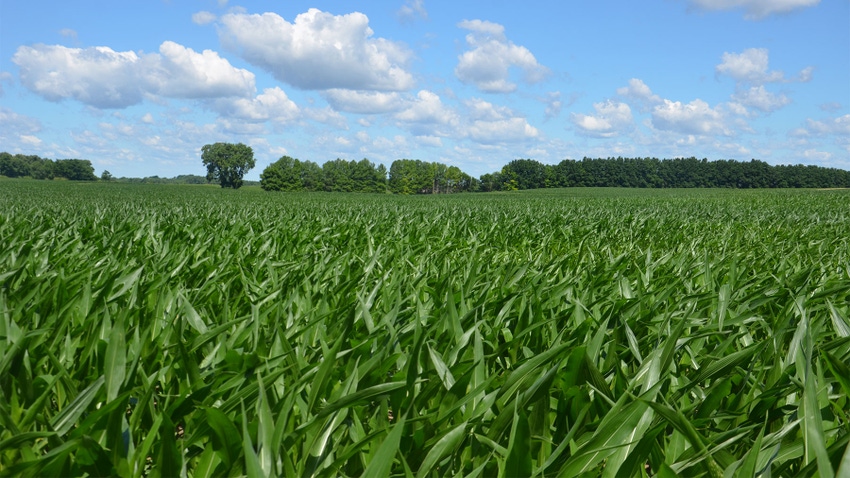
If you own farmland, you own the soil and everything that grows on it. Decades of Indiana law established that you also own mineral rights for coal, gas and oil. But who owns the pore space under your feet?
Until recently, you may have answered: Who cares? But with the current infatuation with reducing environmental footprint in light of perceived climate issues, suddenly it’s a big deal. And because some companies want to produce hydrogen and need an outlet for carbon dioxide, it’s an even bigger deal. One of those hydrogen hubs is slated for northwest Indiana.
What if the destination for carbon dioxide includes injecting it under your land and your neighbor’s land? Can that be done without your permission? Is a contract with you required, similar to when someone wants to mine your coal or extract oil? Or can they just do it?
Quick action
“We should all be very thankful that the Indiana General Assembly acted swiftly and got ahead of the curve,” says Randy Kron, an Evansville farmer and president of Indiana Farm Bureau. “They passed House Enrolled Act 1209 in the 2022 legislative session, giving landowners protection from those who would try to utilize space under their land without paying for it.”
Indiana Farm Bureau specialists played a key role in alerting legislators to the potential crisis that was brewing. They supplied information about legal and practical implications. HEA 1209 became law and went into effect in July 2022.
Brianna Schroeder, with Janzen Schroeder Ag Law, Indianapolis, commented in “Carbon Storage: Different State Approaches to the Underworld,” in January, about the impact of HEA 1209: “In Indiana, House Bill 1209 provides some protections for private property rights. It provides that subsurface pore spaces are owned by the surface property owner [unless those rights were previously granted to someone else].”
However, Kron says some folks haven’t received the message yet, especially in northwest Indiana. “Everyone needs to be aware that this law is in effect, and that someone wanting to store anything below someone’s land must negotiate with them for that use,” he says.
Current Indiana law does include a mechanism by which property owners can integrate their subsurface pore space to form a storage facility. Indiana Department of Natural Resources can require owners to integrate their pore space, but only if owners of at least 70% of the pore space give their consent.
Ahead of the curve
A limited number of other states also have laws that address pore ownership and liability issues. They include Montana, Wyoming, Oklahoma, California, Kansas, Texas and Illinois. Schroeder expects other states will soon address this issue, which Indiana addressed two years ago.
The issue has already faced a state supreme court challenge in one state. Schroeder notes that a North Dakota law passed in 2019 basically prevented landowners from seeking compensation for use of their pore space, trying to encourage those industries instead. However, the North Dakota Supreme Court struck down most of the law, affirming the right of landowners to profit from use of their pore space for carbon dioxide storage.
Pennsylvania addressed the issue in 2023, primarily due to interest in locating hydrogen hubs there. The Legislature reaffirmed that pore space belongs to the surface owner.
About the Author(s)
You May Also Like




